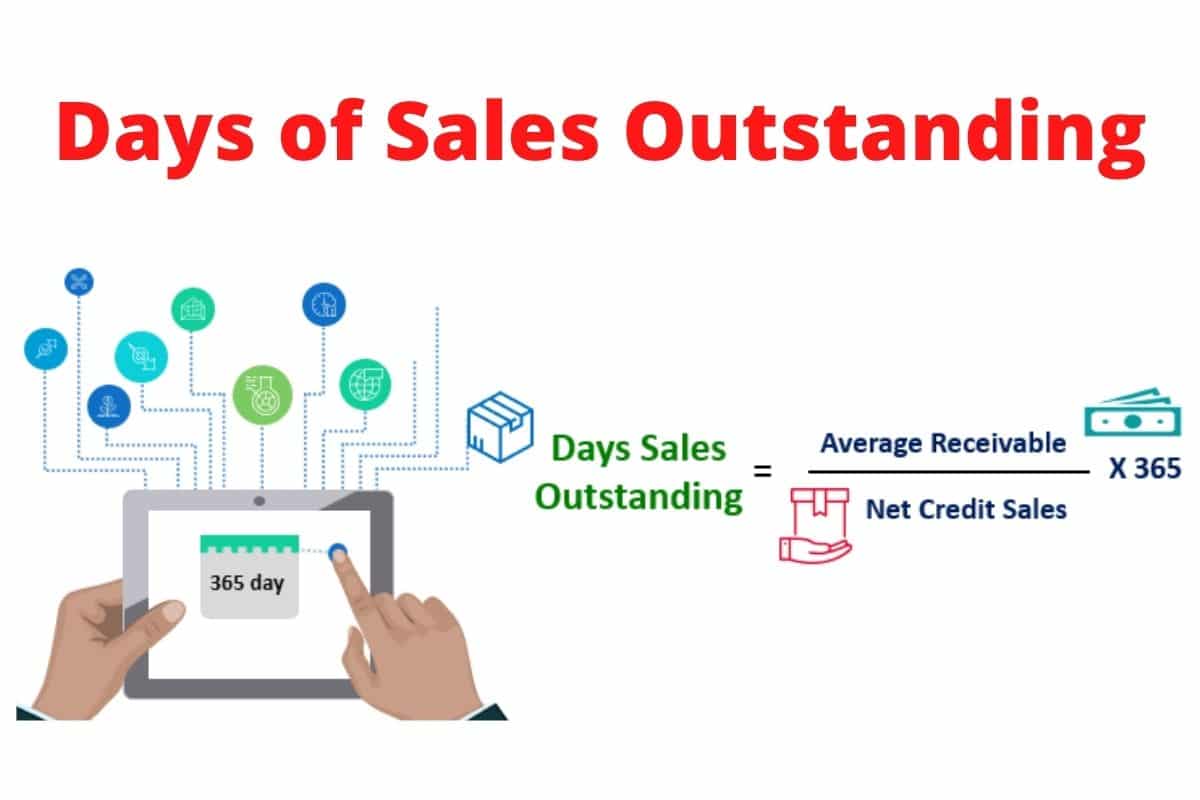What is Incremental Cash Flow?
Incremental cash flow refers to the cash flow that is acquired by a company when it undertakes a new project. To estimate incremental cash flow, companies must compare the expected cash flows when they take on a new project and when they don’t, taking into account how the acceptance of such a project may affect the cash flow of another part of the business.
Incremental cash flow is important in capital budgeting because it can predict future cash flows and determine the profitability of a project.
Factors affect a company’s incremental cash flow, include the following:
- Market trends
- Changes in regulations
- Adjustments to company and legal policies
- Modifications of cash flow from projects and business operations
Why it is important to understand Incremental cash flow
Understanding incremental cash flow is important because it determines whether a company can invest in a new project. A company needs to know its incremental cash flow to help it decide to start a new project. Examining them highlights the effects of any decisions on cash flow, profitability and future business operations.
A company uses incremental cash flow for capital budgeting to determine the feasibility of current investments in equipment, the replacement of a factory or a product line.
Managers use different techniques to calculate the cost of capital budgeting. Some of them include the following:
- Recovery period
- Actual net worth
- Accounting return
- Internal return
- Profitability index
Recovery period
Payback period refers to the amount of time a company has to raise money for the project it is working on. For example, if a business has a three-year repayment period on a $ 900 loan, it can pay $ 300 per year to repay the loan.
Actual net worth
The net present value is the difference between the inflows and outflows of cash during a specific period. It is a more detailed alternative to calculating the profitability of a project, as the company must allow for lower fees and contingencies.
Accounting return
The accounting return is the percentage of the return on an investment relative to the cost. Companies can deduct annual and depreciation expenses, as well as annual income, to get an annual net profit from a project.
Internal return
Companies can calculate the internal rate of return to describe the future growth and expansion of their projects. It is a discount rate that makes the net present value equal to zero.
Profitability index
The profitability ratio calculates the relationship between the present value of your cash flow for a project and the amount needed to invest in it. Companies can use this calculation to help investors quantify the value of their investment.
How to calculate Incremental cash flow
The formula for incremental cash flow is [REVENUE] – [EXPENSES] = COST.
Follow these steps to calculate incremental cash flow:
- Identify business revenue.
- Record business expenses.
- List the initial costs of the project.
- Subtract revenue from expenses.
- Subtract the total of step four from the initial cost.
- Repeat steps one through five and compares the totals.
#1. Identify business revenue
Begin this calculation by identifying your business’s income earned by selling a product or service. This is the amount a business earns before recording expenses, such as manufacturing and labor costs.
#2. Record business expenses
Highlight business expenses in the next section of your calculations. Expenses are the costs of operations that are deducted from income.
#3. List the initial costs of the project.
List the initial cost, also known as the initial cost, to get to the last digit in the calculation. The initial cost indicates the amount required to start a new project.
#4. Subtract revenue by expenses
Subtract the company’s revenues by expenses to proceed with your calculation.
#5. Subtract the total in step four by the initial cost
Take the total from step four and subtract by the initial cost to finish your calculation for incremental cash flow.
#6. Repeat steps one through five and compares the totals
Compare the total incremental cash flow you found in steps one through five to another project. You’ll know which project earns the most after you agree to invest in it.
Limitations of Incremental cash flow
The incremental cash flow is especially helpful in determining whether a company should take on a new project or not. However, accountants also have difficulty estimating additional cash flows. Here are some of the challenges:
Sunk costs
Sunk costs are also referred to as past costs that have already been incurred. The extra cash flow looks at future costs; Accountants must ensure that sunk costs are not included in the calculation. This is especially true if the sunk costs arose before an investment decision was made.
Unpredictable internal and external factors
The internal and external factors that can affect a project’s additional cash flow are unpredictable. Change of internal policies and management priorities. And external factors such as government rules and regulations, inflation, market conditions, interest rates, etc. It can change at any time. These can directly affect future cash flow calculations and thus make the concept unreliable.
Occasional costs
From the term itself, opportunity costs refer to a company’s missed opportunity to generate income from its assets. They are often overlooked by accountants because they do not include opportunity costs when calculating additional cash flows.
An example is a solid installation company that skips a project that requires five sets of boomboxes. The company is currently only placing the five additional sets of boomboxes in its storage facility, rather than starting the $5,000 project. This illustrates the opportunity cost of $ 5,000.
Cannibalization
As mentioned above, cannibalization is the result of taking over a new project that reduces the cash flow of another product or industry. For example, a homeowner with an existing A and B grade mall, and anything he sells, is priced high because he is targeting luxury buyers.
In another part of the same town, he decides to open a new shopping center for classes B, C and D, which sells the same items as the other shopping center, but at a significantly lower price. This will lead to cannibalization as some people will stop going to the first mall because they can get most things in the new mall for a much lower price.
Allocated costs
These are some costs that should be allocated to a specific department or project and there may not be a rational way to do this (i.e. rental costs).
Incremental cash flow Vs Total cash flow
Incremental cash flow is the prediction of the amount of cash that will come into a company when they are working on a new project. Total cash flow is the amount of cash that comes into a company after the completion of a project. In other words, companies calculate the cash flow that has accumulated over a period of time, while the incremental cash flow calculation measures the benefits of the change in a project.
Both incremental cash flow and total cash flow are related to the cash flow of a company or project. However, they are noticeably different from each other.
Incremental cash flow analysis attempts to predict a company’s future cash flow when it accepts a new project. This helps management determine whether a project is worth doing or not. Projects will be considered if additional positive cash flow is generated and will be taken if negative cash flow is expected.
Total cash flow analysis determines the cumulative total money generated by completing a project or valuing a business. For example, when a CEO wants to see the company’s total cash flow for each of the past five years. To get the correct number, you must compile all of the cash flows for each year from the past five years.
Conclusion
Incremental cash flow is an important tool for ranking or deciding between two competing and mutually exclusive projects. The positive net cash flow for the new project is calculated and added to the company’s existing cash flow.
Since marginal costs are the extra costs incurred to produce that extra unit. Likewise, incremental cash flow is the generation of extra and extra cash flow from the new project or investment. However, all indicators must be interpreted and concluded with other indicators and ratios. In itself, this may not give the right picture or lead to the right decision.
We Also Recommend:






